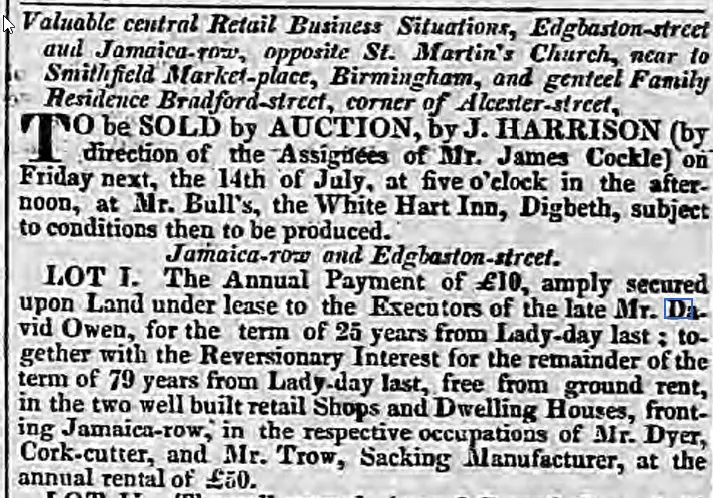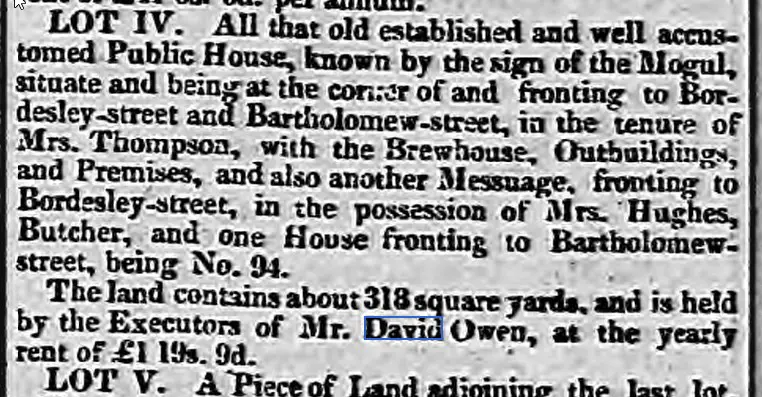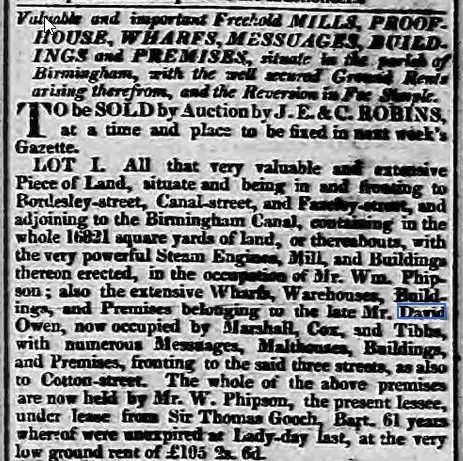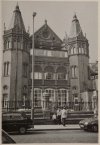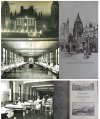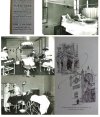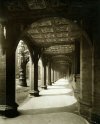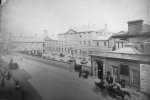In the words of the amazing Peter Walker "In pre-reformation days, the care of the sick had been handled by the monasteries and convents, and some institutions such as St Bartholomew's Hospital in London, survived the Dissolution of the Monasteries under Henry VIII. In Birmingham the General Hospital was our first dedicated hospital, although an infirmary was attached to the Birmingham Workhouse from 1766.
The story of the General starts in 1765 when a local public-spirited physician, Dr John Ash, called a meeting to consider forming a General Hospital in the town. As a result, £2000 was soon collected, and subscriptions of £600 a year were promised.
A site on the corner of Summer Lane and Lower Loveday Street (later occupied by the power station) was acquired for under £1000, and building work commenced, but funds were soon exhausted. In 1768 a music festival was held, which raised £300. It is sometimes said that spare money was short because people had invested in building canals in the vicinity, but money was soon found for rebuilding the burned-out Birmingham Theatre at that time. So the building stood an empty shell from 1769 to 1776, and Taylor and Lloyd's Bank were owed nearly £3000.
Something had to be done - meetings were arranged, house-to-house collections were made and a second music festival was held in 1779. The building was finished, and finally opened at Michaelmas that year. According to William Hutton, whose 'History of Birmingham' was published soon after, in the first nine months of activity, 529 patients were admitted, of which 303 were cured, 93 relieved, 112 remained on the books, five died, and one was dismissed as incurable. In 1790 two new wings were built and in 1792 thirty more beds were endowed by Samuel Galton.
As Birmingham grew in size, the hospital could not grow fast enough. By 1842 it had 222 beds, and from 1857 fetes were held at Aston Hall, which raised funds for two more wings. Another important source of revenue was the Hospital Saturday Fund, initiated by Dr Miller, Rector of St Martin's Church, which brought in about £5000 every three years.
Meanwhile the Queens Hospital and medical school in Broad Street had opened in 1840, again as a result of public subscription and donations. Other specialist hospitals opened - the Orthopaedic Hospital in Great Charles Street (1817), the Eye Hospital (1824), a Lying-in Hospital (1842), the Ear and Throat Hospital (1844), the Dental Hospital (1857), the Children's Hospital (1862). and the Women's Hospital (1871). Together Birmingham's hospitals treated over 46 000 patients (including 3800 in-patients) per annum in the 1860s.
By the end of the 19th century, conditions at the old General Hospitals must have been cramped, and it was decided to build new premises on the present site, then a slum-clearance area at the corner of Steelhouse Lane and Loveday Street. A competition was held for the design of the new Birmingham General Hospital in 1892, which was won by William Hensman. Often known as the Terracotta Palace, this impressive building in rich red brick and terracotta was opened in 1897, in a style echoing that of the Victoria Law Courts, which had just been built opposite. The wealthy philanthropist Louisa Ann Ryland contributed £200 000 to its construction.
And this 'new' General Hospital is still with us, but now it is a Children's Hospital....








